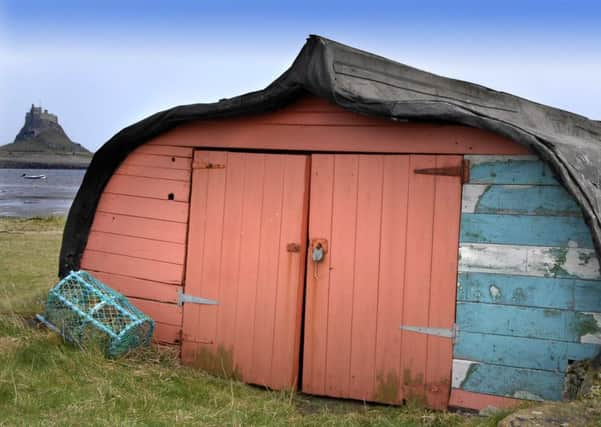Northumberland, Family History Society


The North Northumberland branch of the Family History Society welcomed back as speaker Tony Barrow on the subject of Smuggling.
Tony explained that Assize records and newspaper reports had proved valuable in this research. Sadly no records from Berwick Customs House have survived, although those from Tyneside and County Durham have.
Advertisement
Hide AdAdvertisement
Hide AdCustoms duty was introduced as early as 1275 by Edward I, initially for wool, then for wine. It inevitably resulted in attempts to avoid payment.
The origin of the word “smuggle” appears to be from “smokkelen” (Dutch) meaning to transport goods illegally.
Later developments were dues and embargoes, increasing the price of raw materials, including alcohol, tea, tobacco, salt and coal.
Smuggling gangs were highly organised, sometimes consisting of up to 50 men.
Advertisement
Hide AdAdvertisement
Hide AdThey were very common in the south west, aided by the rugged coastline with its small hidden coves. Fast, easily-manoeuvrable boats were need, such as cutters and small schooners.
In 1764 tea worth £7million was smuggled into the country by ships of the East Indian Company.
In the North East Dutch gin was a significant item in smuggling, closely followed by rum, brandy, tobacco and tea. It was possible to purchase smuggled gin at a low price and resell it still lower than the legal price.
Tony explained how the parliamentary Hovering Acts meant that ships hovering within six miles of the coast could be seized and the men transported. In 1736 the death penalty was introduced for armed resistance to customs officers. By 1774 government boats were patrolling the coast between Berwick and Flamborough.
Advertisement
Hide AdAdvertisement
Hide AdOften the authorities were fighting a losing battle. For example, Redcar had only two officers and a handful of boatmen to police its shores. The Cleveland coast was a wild and deserted place before Middlesborough was built. Stockton Church was visible from the sea so was used by smugglers for navigation.
Smugglers acquired a reputation for violence, with frequent assaults against officers. A ship at Redcar in 1780 had 24 guns with up to 80 armed men. Widow Potts, of Redcar, must have felt confident enough to take part in the smuggling trade in 1775 when 40lbs of tea was discovered in her house.
In 1763 the cutter Elizabeth, on a voyage from Rotterdam to Stockton, was driven ashore at Saltburn after landing its booty of spirits. The ship’s master Thomas Dawson was arrested and the vessel impounded. It proved impossible to salvage it so it was burnt.
Naturally, smugglers had their own ‘tricks of the trade’. They made good use of caves for hiding goods. At other times they buried goods on the beach for collection later.
Advertisement
Hide AdAdvertisement
Hide AdIn the North East coal became subject to export duty, whilst this was exempt for coastal voyages.
The number of vessels “forced overseas” by poor weather was surprisingly large. At Hartlepool and Sunderland this was a frequent occurrence. A ship bound for Falmouth ended up in Marseilles.
This area saw regular smuggling at Cullercoats, Boulmer, Beadnell and Holy Island, with vast quantities of brandy and rum brought ashore.
The Fishing Boat Inn at Boulmer was an active partner in smuggling with the co-operation of the landlord. The inhabitants of Boulmer were described: “The men are lazy drunkards, the women profligate and the children ragged and uneducated.”
Advertisement
Hide AdAdvertisement
Hide AdThe village was associated with Salters Roads after the introduction of duty on salt. Kirk Yetholm acquired a notorious reputation for its connections with smuggling.
When did smuggling begin its decline?
Free Trade reduced its profitability after the 1840s. Rising wages and changes in consumption reduced the demand for goods. However, it continued longer in Coquetdale with the smuggling of whisky over the border.
These days smuggling makes us think of the dangerous business of smuggling drugs and people. It was interesting to be reminded of the days when it took quite a different form.
Tony ended his illuminating talk by drawing our attention to the potential for further research, especially in the ports of North Northumberland.
Our next meeting is on Saturday, January 16, at 10am, at Bell View, Belford, when we will be sharing our experiences of finding our ancestors in the newspapers. Everyone welcome.